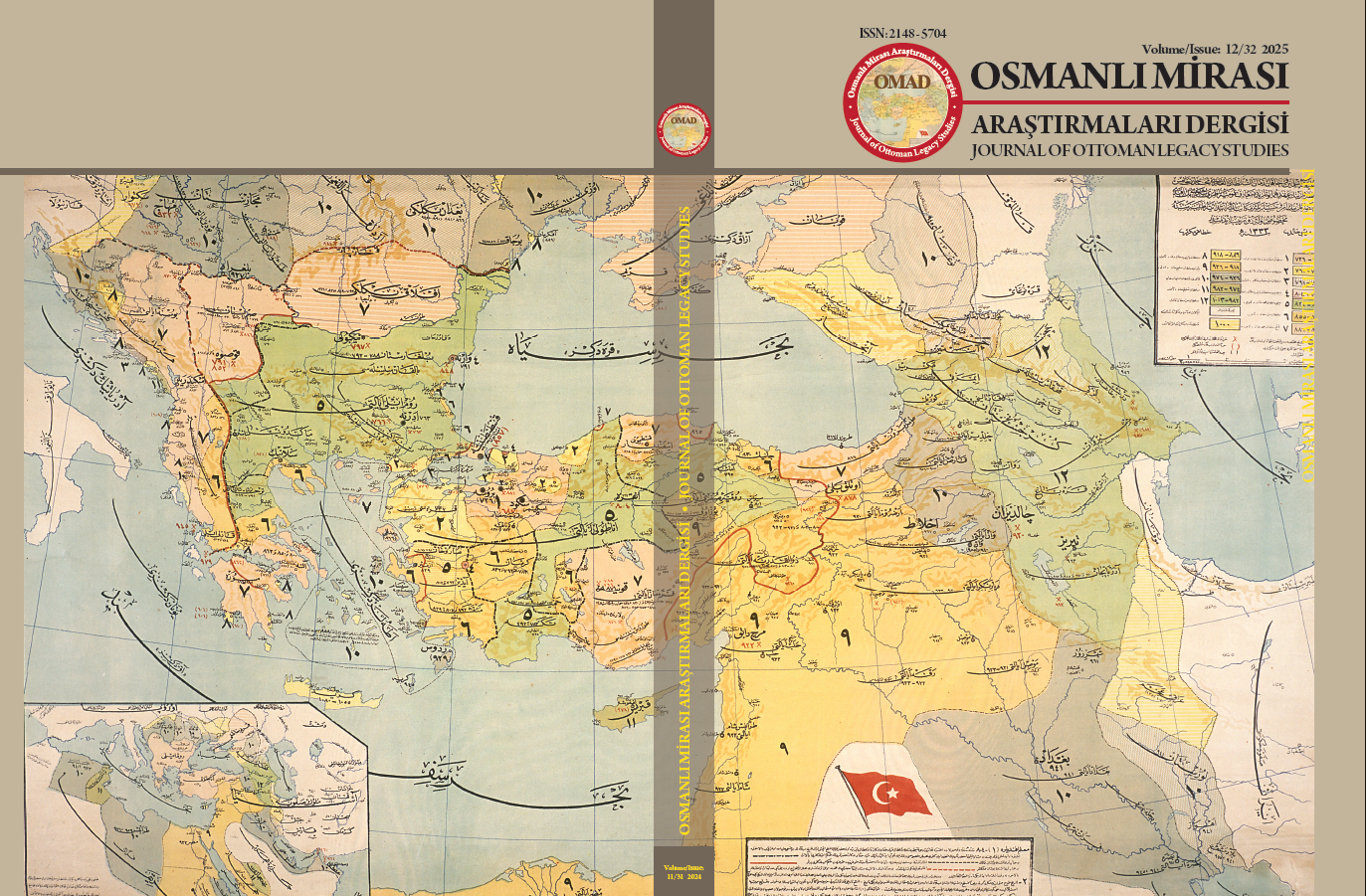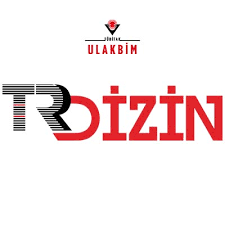Social and Economic Life in Rural Diyarbekir in the Middle of the XIXth Century: Accordin to Peasants’ Probate Registers
Köylü Terekelerine Göre XIX. Yüzyılın Ortalarında Diyarbekir Kırsalında Sosyal ve Ekonomik Hayat
DOI:
https://doi.org/10.17822/omad.1557256Keywords:
Distribution of wealth, Gini coefficient, Lorenz curve, Ottoman Empire, percentile sharesAbstract
All types of goods and possessions that a person leaves behind after their death are referred to as an inheritance inventories (tereke) and the documents in which goods and possessions are recorded according to type, quantity and value are called probate registers. All types of movable and immovable property and goods held by the deceased during their lifetime were recorded in the pobate registers, making these records indispensable sources for Ottoman social and economic history research. The information and data recorded in the pobate registers are almost like a treasure for socio-economic historical research. At this point, this paper analyses the data in the probate records of 299 people in the villages of Diyarbekir based on social and economic structure. Firstly, it determines the village in which the individuals lived, population details, Muslim status, number of spouses, number of sons and daughters and the total amount of wealth remaining after deducting debts and expenses. The criteria of percentile shares, Lorenz curve and Gini coefficient were then used to show the inequality in the distribution of wealth among individuals. In addition, this paper also assesses the impact of wealth on the number of spouses and children and on Muslim and non-Muslim groups.








